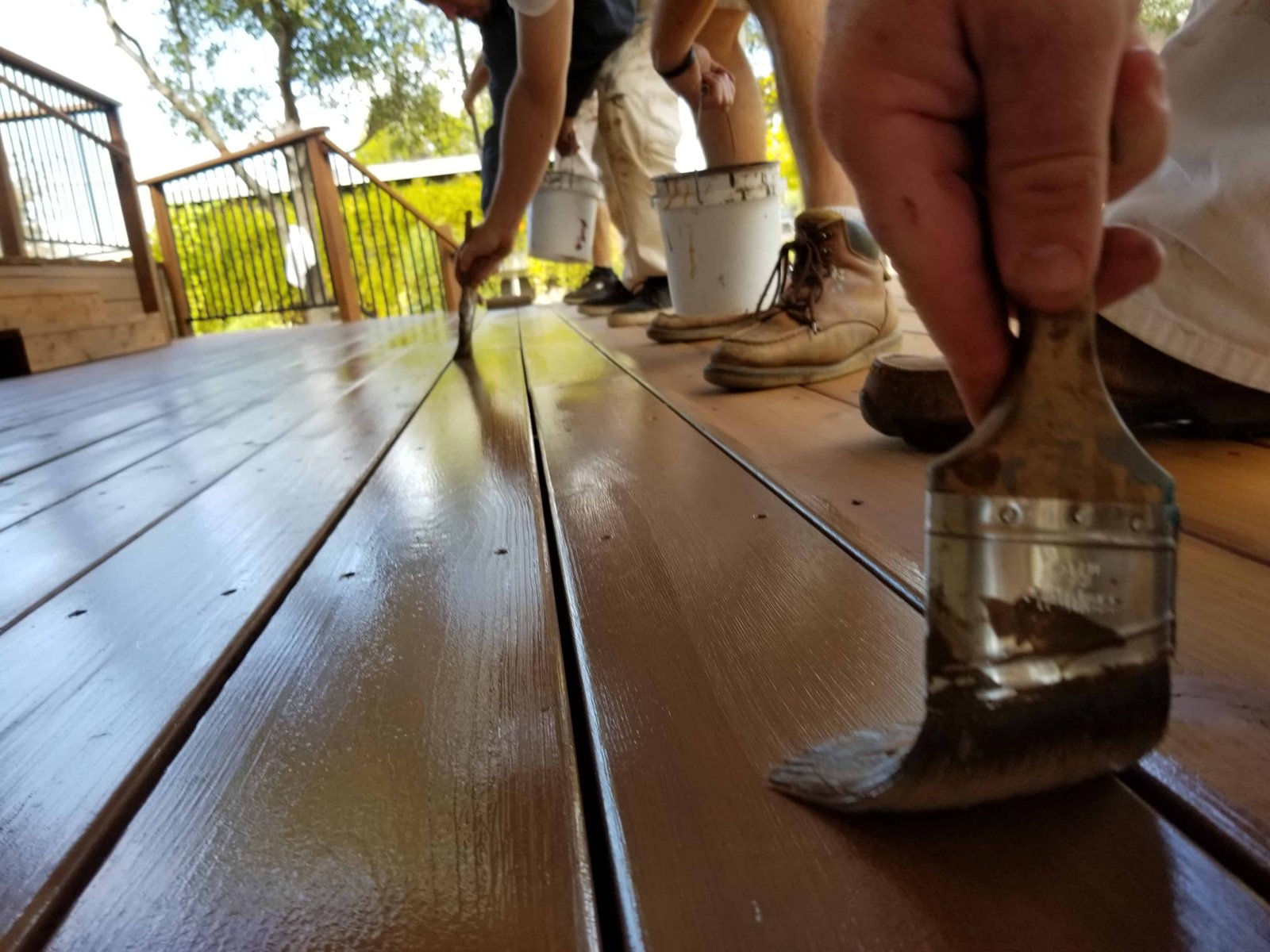How to Prepare a Deck for Staining
How to Prepare a Deck for Staining
Wooden decks are ideal for Amador County homeowners looking for a more authentic look and feel. However, they will need regular and proper maintenance to preserve their grain, color, and longevity. Exposing the decks to a wide range of harsh climatic conditions, including direct sunlight, ice, rain, snow, and sleet. It’s essential to always be on the lookout for damages that these elements might cause.
Cleaning wooden decks is a must once a year to keep them looking significant and long-lasting. However, it would help if you properly prepare and apply procedures when staining to achieve the desired look and maximum protection.
Importance of Surface Preparation Before Deck Staining
Surface preparation is the most crucial step when it comes to deck staining. The wood must be cleaned thoroughly before staining, regardless of whether it is brand new or an older deck you want to re-stain. Not cleaning the surface correctly will lead to wood stains not penetrating the wood surface properly.
For older wooden decks, any dirt, mildew, or graying caused by exposure to the sun should be removed before staining. Suppose your deck is over five years old and has had some other products applied. In that case, thoroughly clean it with a deck stain and sealer remover to remove these old products before staining.
A buildup of old stains can make the deck staining procedure more challenging. A stain stripper can remove even the most weathered stains in no time. Before starting the staining process, access the surfaces you intend to stain so you can know what you are dealing with.
Deck Staining Surface Preparation Steps
You will have to consider four main surface preparation steps before staining. These include the following:
– Cleaning
– Sanding
– Grinding
– Priming
1. Cleaning
Highly recommend a deck scrub for the cleaning process. It will help remove any buildup of grime or dirt and mildew.
Professional painting contractors often use pressure to get rid of stubborn dirt; however, if cleaning your deck, you need to avoid applying too much pressure.
Use a good quality cleaner specifically formulated to remove mold and mildew on wood surfaces.
A stiff bristle deck brush can also be used to clean the wooden deck, removing mildew stains and creating a suitable surface for staining.
Avoid using regular soap and water because the soap might leave behind a residue that may reduce penetration.
2. Sanding
There could be some slight stains that may not come off during the cleaning process. Sanding will help remove these stains easily, but be careful not to apply too much pressure to avoid destroying the wood.
Sanding with 80-100 grit sandpaper is recommended if the wood surface has splinters, loose wood fibers, or a rough feel.To avoid leaving marks on the wood surface with the sandpaper, sanding should be done in the same direction as the wood grain.
3. Grinding
A professional should handle mechanical grinding as it can quickly destroy a wood surface.Pros will use a grinder on special occasions for repairs or when changing from colored paint to transparent stain.
4. Priming
Suppose you plan to apply a solid color stain to your wooden deck or you have wood prone to continued Tannin Bleed.In that case, it is a good idea to use a primer first, increasing the top coat adhesion. This significantly extends the life of the stain.
Bottom Line
Unsealed and untreated wooden decks can cause much damage due to exposure to the sun. In extreme cases, it can lead to warping and changing color and may also dry out much faster, making it much more prone to cracks.
However, deck staining protects the wood from the sun’s rays, extending longevity. Deck staining also helps to repel moisture that may soak into the wood, causing mold and mildew to develop. Always consider hiring a professional painting contractor for your deck staining needs for better quality and durable results.
And if you live at Galt, CA. We also provide deck cleaning there with our other company called Galt House Painter.


